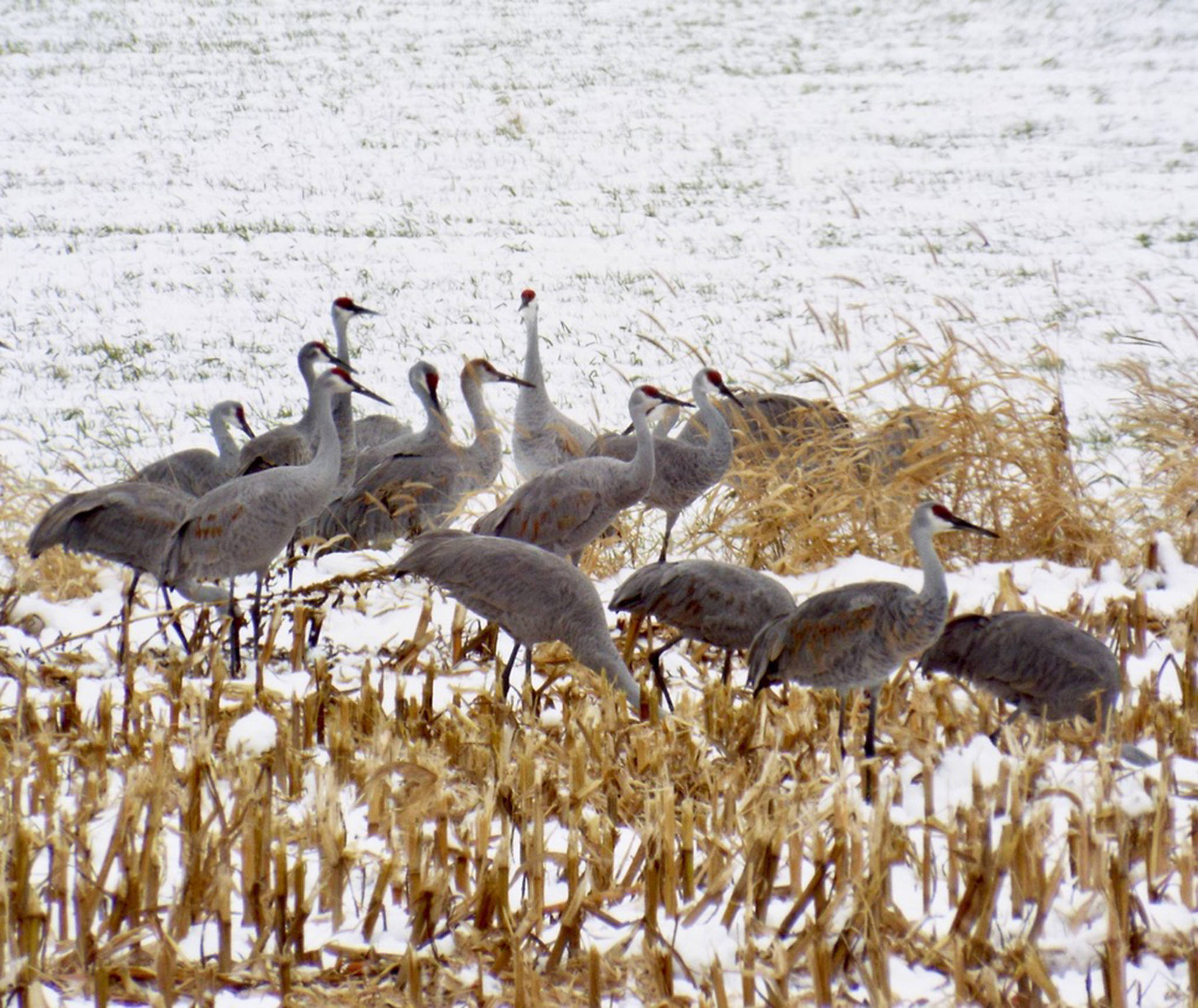When I moved to Juneau three decades ago, I quickly began to put down roots, which have grown stronger over the years. But I still have one good root that goes back to part of southern Wisconsin where I grew up, and every year I make a short trip back to visit, usually in fall. These are ‘my’ places! Every special place has a song it sings to those who care to listen. A respected Wisconsin naturalist called it a Song of Place.
If I use my imagination, I could say that there were signs that my move to Juneau was fore-ordained. My hometown lies at the very edge of the driftless area, left uncovered by Pleistocene glaciers. So there are moraines, outwash areas and erratic boulders in many places. The river that runs through my hometown lies in a valley that was once occupied by a branch of Glacial Lake Wisconsin. The ice dam that made the glacial lake collapsed suddenly, producing an outburst flood that changed the landscape.
Another imaginary sign might be seen in the location of my summer house in the hills not far away (an escape from the corn and soybean desert of Central Illinois, where my job was). The house was in Juneau County, named for Solomon Juneau (French-Canadian fur trader, business man, politician, co-founder of Milwaukee), an older cousin of Joe Juneau, for whom our city is named. Glaciers and Juneau were apparently to be part of my life.
This year I made my annual junket in late October. I was in time for good fall colors in the deciduous forest that covers many of the hills. The maples were a little past the peak of their colors, but still made outstanding splashes of scarlet. Big-tooth aspens added their crowns of golden leaves. Bright red leaves of sumac adorned the roadsides and there were even a few goldenrods still flowering. All of that lay against a backdrop of oak foliage in subtle and varied shades of bronze and russet, with occasional touches of crimson. Hard to beat!
There are lots of trails meandering about in that area and, of course, I had to sample them this year. I was surprised to see butterflies on the wing—a couple of orange and black monarchs and a smaller lemon-yellow one. (I wonder what happened to them when two inches of snow fell one night). A big dragonfly zoomed by overhead and a smaller, bright red one landed on a sign post. A couple of small garter snakes had come out to sun themselves at the trailside, but hastily slithered off as I came by. Another little garter snake had, sadly, not been hasty enough and had been killed by a passing bike. Even sadder was the carcass of a very cute, tiny red-bellied snake, not much bigger than an ordinary pencil, that had suffered a similar fate. I had to rummage hard through the rusty, dusty mental files to come up with its scientific name.
A witch-hazel bush was flowering. Late October seems like a strange time to flower, but that is normal for this species. Each flower has four slender, crinkled, yellow petals, so each little cluster of flowers looks like it’s sporting a medusa-like hairdo. The flowers produce nectar and a faint fragrance; they are pollinated by insects—probably late-flying moths and possibly some flies and bees (the reports vary). After pollination, the seeds (two in each capsule) don’t develop until the next summer. Then at maturity, the seed capsules open explosively, forcibly ejecting and dispersing the seeds—to distances as much as 30 feet away. By the way, this plant has nothing to do with witches, good or bad; the name probably comes from an old English word meaning “bendable.”
It’s always fun to go looking for sandhill cranes, which migrate through there in the fall. They were there, sometimes in groups of four or five but more often in dozens. They hang out in the harvested fields, especially in the corn stubble, avoiding the barren soybean fields. Another treat is a visit to the local apple orchard, to sample this year’s offerings and enjoy their perfect caramel apples and some cider donuts.
The river running through my hometown was once a hard-working river with numerous mill dams restraining its flow. As the mills became obsolete and un-used, they were gradually removed, and by the early 2000s, all were gone. The river was free-flowing once again! Fish populations responded; now even sturgeon and paddlefish can come up the river, seasonally, to spawn.
I like being there and I like being here, but I do not like the tedious and uncomfortable travel in between. On this trip I whiled away some of the time by reading a book by an anthropologist who lived with the pygmies of the Ituri forest in the 1950s. He recounted a pygmy story about ‘The Bird with the Most Beautiful Song’ that I think is a parable for our time: a little boy heard such a beautiful song in the forest that he searched and searched until he found the singing bird. He caught the bird and took it to his father to be fed (and released). This happened again, but now the father was getting annoyed. The third time, the now-angry father took the bird and killed it. With the bird he also killed the Song. With the killing of the Song, he too was killed, and he dropped dead, completely dead, dead forever. The pygmies considered that there are three levels of deadness.
There is, I think, a lesson for modern times in that story, a lesson that we do not learn well at all!
• Mary F. Willson is a retired professor of ecology. “On The Trails” is a weekly column that appears every Wednesday.

